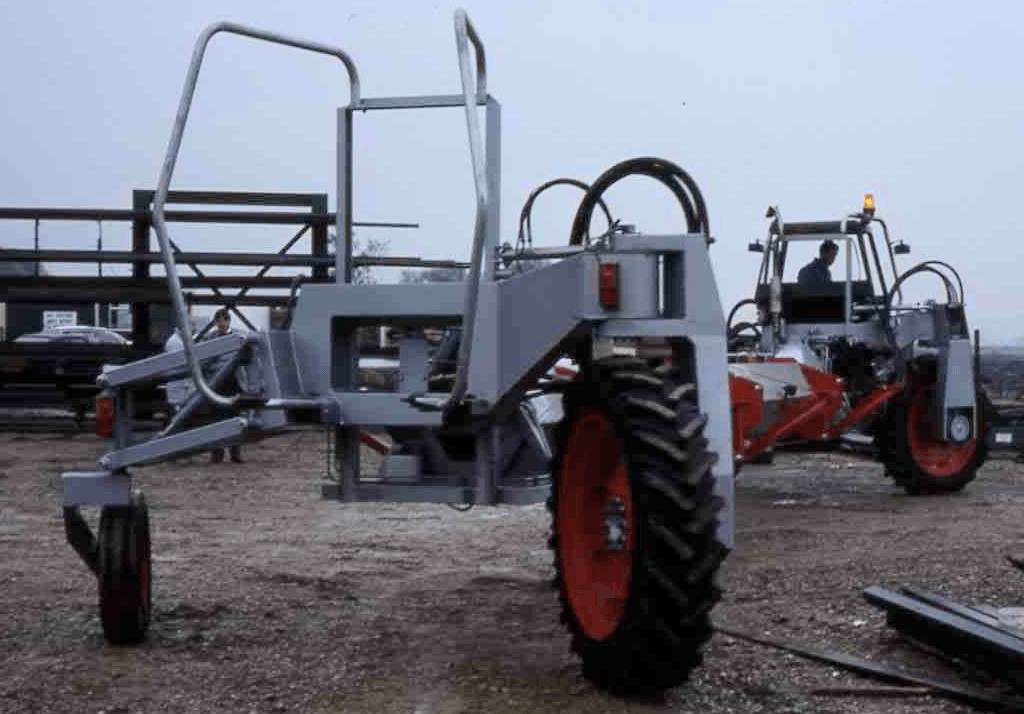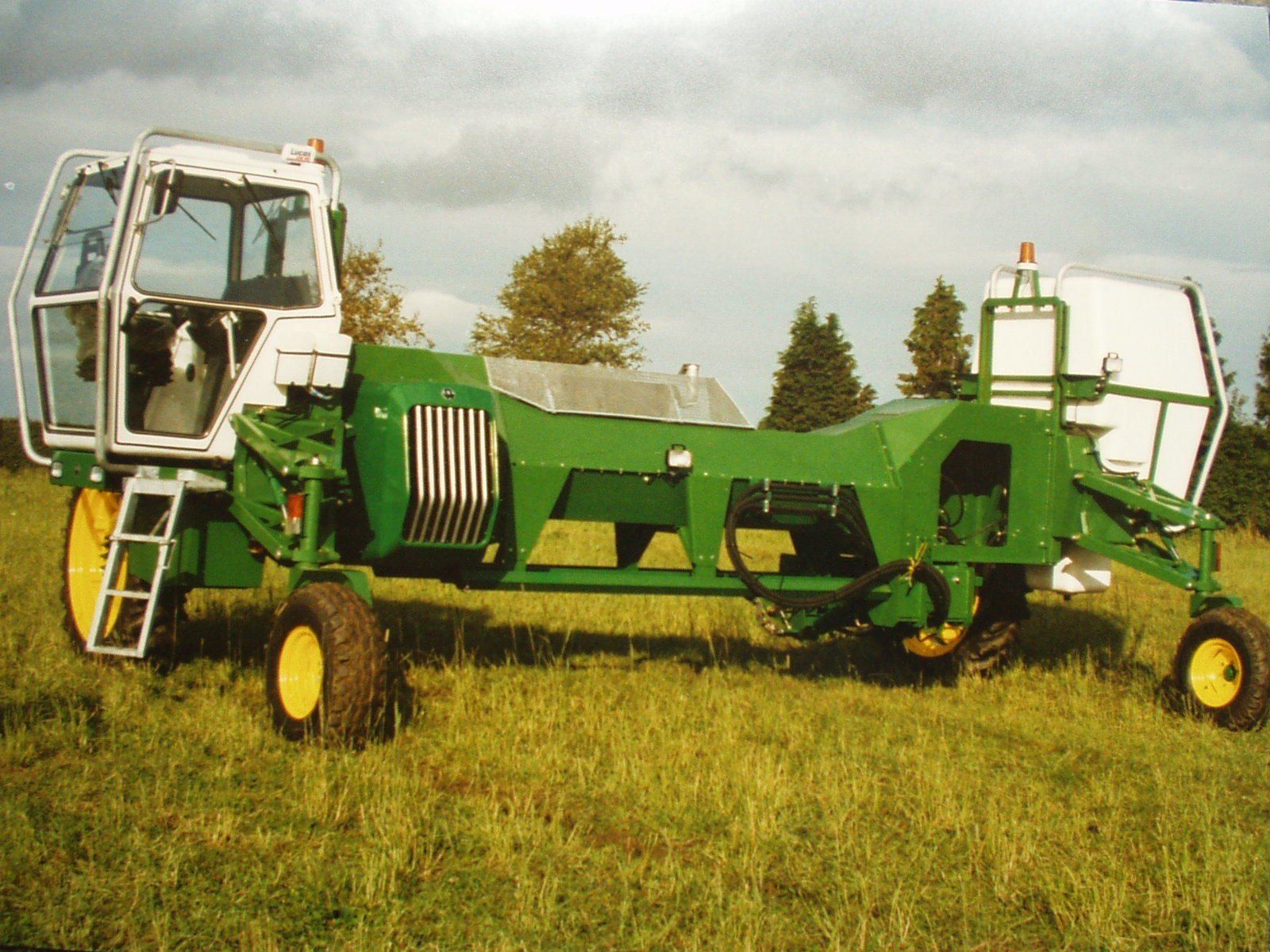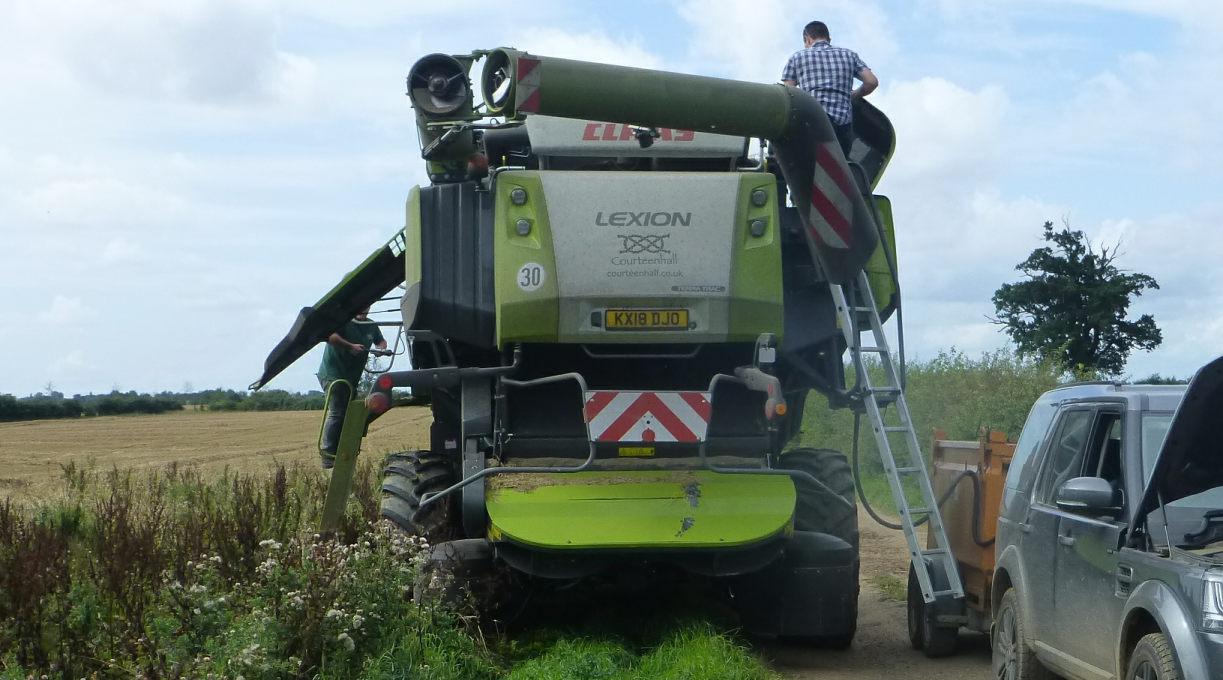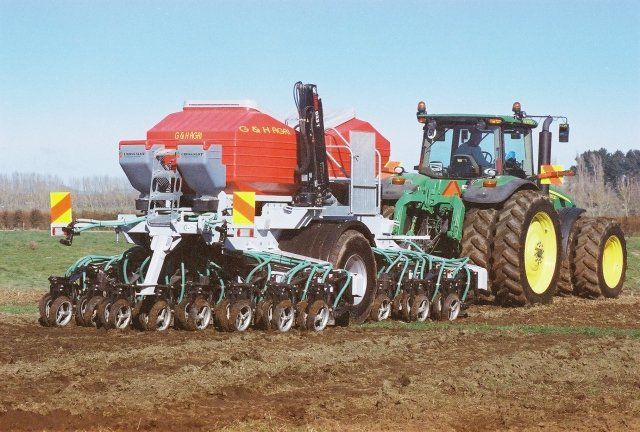The added value of gantry tractors for manufacturers
Benefits for Manufacturers
For the first producers of the gantry tractor or wide span prime movers, there will be little commercial competition. Although initial development costs are likely to be high and to extend over a significant period, some might be funded by grants. The base vehicles will represent an efficient investment in terms of task diversity and competitive crop growing and harvesting methods.
Economics and systems analyses suggest that a dedicated chemical applications gantry will be required, as is the case with traditional practice. Unlike traditional systems however, it may be possible for many harvesters to be interchangeable between what are essentially identical end units. These hydrostatic or electrically driven units could be mass produced without the significant investment needed for the specialist castings that are an integral feature of traditional tractors. These haven’t changed significantly in their basic design since they were introduced over 100 years ago. Power units could be built in a wide range of sizes to satisfy the smallest to the largest of users. A low cost 75 kW (100 hp) 6 m span machine is envisaged for the grassland farmer, providing him or her with automatic guidance, great stability on slopes and a platform for a wide range of attachments.
It is also not inconceivable that gantry tractor spans could mimic existing tractor designs, with a narrow body that carries existing equipment such as a front end loader, rear scraper, buck rake etc.
Implements
The implements needed for the wide span system represent a change to current practice and will require some research and development. Following this investment, it It is anticipated that the new income will be generated by this change will be significant. This income will arise through two principal routes:
1. Alteration in the primary components of machines to include:
- Soil moving mechanisms which will be significantly different from present designs with closer spacing but less aggressive action.
- Low energy seed openers with precise metering close to the soil.
- Band sprayers capable of applying chemical in a range of directions and under close lateral control
- Fertilizer applicators capable of applying nutrients only in or below the crop row
- Revised crop harvesting and separation and residue handling components and mechanisms
- Lightweight grass cutting modules spanning the complete width of the wide span bed.
- Containerised haulage units designed for handling by standardised systems.
Precision location of implements will require that traditional “agricultural fits” are replaced by closer tolerances throughout the location “chain”. Millimetre accuracy at the crop/soil interface will require different implement constraint and location mechanisms, which will initially be more costly. These costs will be offset by the reduced need for implement strength and weight within the wide span environment compared to traditional designs. The latter are pulled from a central point and are required to work under high draft loads in poorly structured soils.
Novelty
The controlled traffic conditions created by a gantry tractor are unique and will provide new opportunities in the way that operations are performed. In particular, the manner in which small seeds are sown could be revolutionised. Direct drilling or no-till is often severely constrained by soil compaction and residues. Heavy drills are needed to guarantee opener penetration in all conditions and, as a consequence, draught requirements are often high. The more amenable soil conditions and residue management offered over a large area by wide span will allow new lightweight concepts to be developed, perhaps based on dibber type drills or other novel methods that take full advantage of the more favourable soil conditions.
Similarly, alternative approaches to planting may be possible with root crops such as potatoes and sugar beet. Direct drilling of sugar beet has been achieved successfully in France, despite working in conventionally managed soils. The advent of micro-tubers for the propagation of potatoes offers new opportunities, while both crops would benefit from the potential for improved irrigation efficiency that wide span and CTF provide. For example, trickle irrigation can be installed permanently, rather than temporarily, and soil structural improvements will allow water movement both upwards and laterally in the profile. Potatoes may perhaps be grown on the soil surface under a mulch, with roots being able to penetrate a well structured and efficiently watered profile.
Similarly, alternative approaches to planting may be possible with root crops such as potatoes and sugar beet. Direct drilling of sugar beet has been achieved successfully in France, despite working in conventionally managed soils. The advent of micro-tubers for the propagation of potatoes offers new opportunities, while both crops would benefit from the potential for improved irrigation efficiency that wide span and CTF provide. For example, trickle irrigation can be installed permanently, rather than temporarily, and soil structural improvements will allow water movement both upwards and laterally in the profile. Potatoes may perhaps be grown on the soil surface under a mulch, with roots being able to penetrate a well structured and efficiently watered profile.






